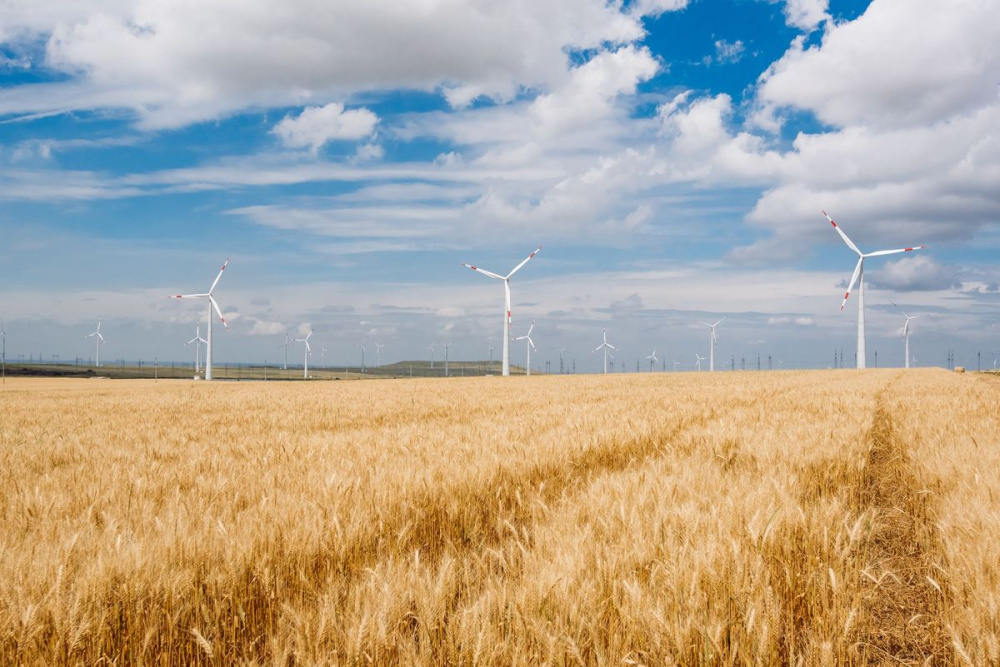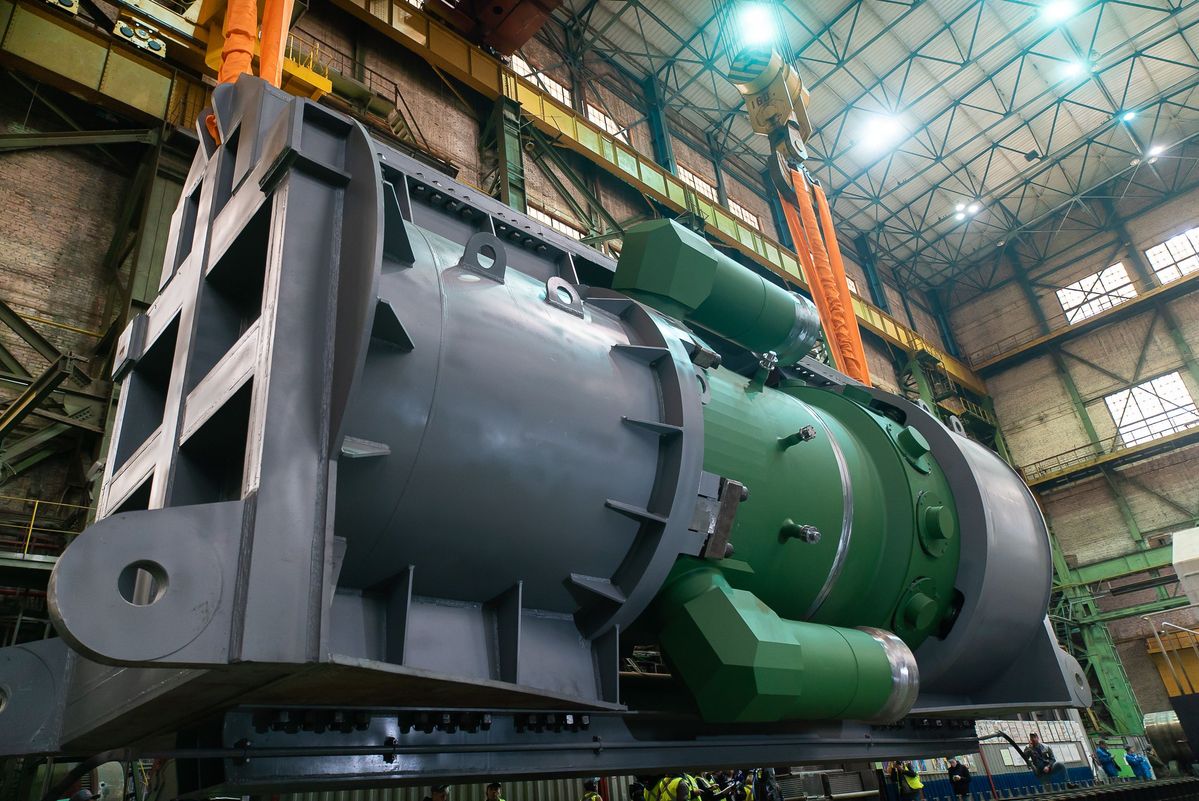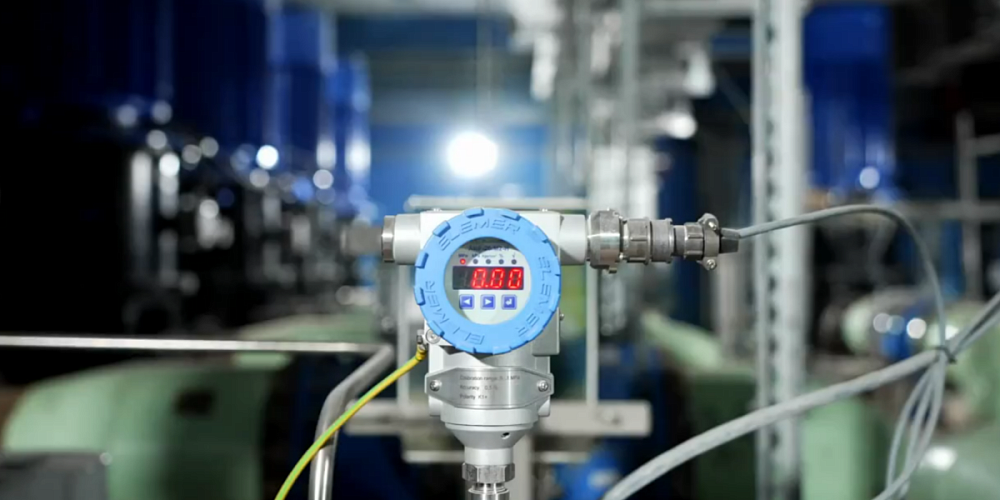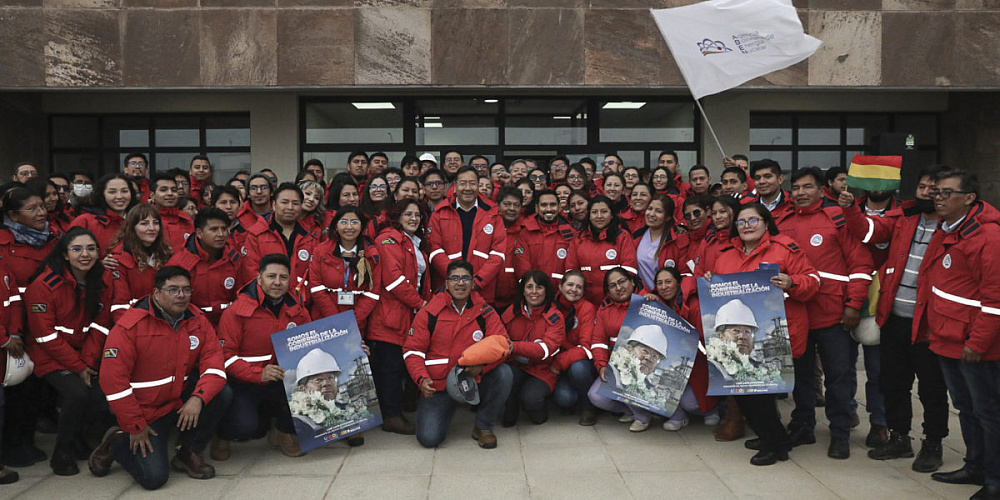General information.
· The
decision to diversify the portfolio of offers in low-carbon energy is a logical
continuation of the business development of the State Atomic Energy Corporation
Rosatom (ROSATOM). Such moves by the State Atomic Energy Corporation Rosatom
(ROSATOM) directly contribute to the implementation of the state strategy that
envisages the transition to the environmentally sustainable development model
by 2025.
· Wind
energy projects are implemented by a subsidiary company - wind power division
of the State Atomic Energy Corporation Rosatom (ROSATOM)–
Rosatom Renewable energy JSC.The division implements the overall strategy of the State
Atomic Energy Corporation Rosatom (ROSATOM) for the low carbon energy
production based on wind energy.
· Rosatom
Renewable EnergyJSC acts as a system integrator of wind power projects and
effectively addresses the entire range of tasks, such as wind power plant
design, in-house production of wind power plant components, management of the
chain of suppliers and logistics of components to the platform, subsequent
service and operation.
· At
the initial stage, Rosatom Renewable EnergyJSC carried
out technology transfer; now the tasks of ensuring technological independence
and sovereignty of the wind power industry, the importance of which will only
grow worldwide, are being addressed.
· Rosatom
Renewable Energy JSC also sets itself the goal of entering foreign markets. The
company plans to form a portfolio of renewable energy projects of up to 5 GW by
2030.
Introduced wind power stations of Rosatom:
1. Adygea Wind Power Station (WPS):
The Adygeya WPP
is located on the border of the Shovgenovsky and Giaginsky districts of the
Republic of Adygea. This is the first completed wind power facility of the
State Atomic Energy Corporation Rosatom (ROSATOM).
As part of the
WPS, 60 wind power plants with a capacity of 2.5 MW each are in operation. The
total capacity of the wind power station is 150 MW.
Since March 1, 2020, the Adygeya WPS has started supplying electricity and power to the wholesale electricity and power market. The local content in the equipment of the facility, confirmed by the Ministry of Industryand Trade of the Russian Federation, makes up 55%.
The total area
of the wind farm for the period of operation is 60 hectares. The planned
electricity yield is 354 million kWh per year, which is 20% of the region's
total consumption.
2. Kochubeyevskaya WPS:
In December 2020, the State Atomic Energy Corporation Rosatom (ROSATOM) commissioned the largest WPS in Russia - the Kochubeyevskaya WPS. The wind farm is located in the Kochubeyevsky district of Stavropol Krai.
Since January 1, 2021, the Kochubeevskaya WPS has been supplying electricity to
the country's unified grid. The wind farm consists of 84 wind power plants with
a capacity of 2.5 MW each. The installed capacity of the wind farm is 210 MW.
The local content in the equipment of the facility, confirmed by the Ministry
of Industry and Trade of the Russian Federation, makes up 65%.
The total area
of the wind farm for the period of operation is 75 hectares. The planned
average annual energy yield is 597 mln kWh.
3. Karmalinovskaya WPS:
Since April 1, 2021, the Karmalinovskaya WPS in Stavropolsky Krai has started
supplying electricity to the unified grid of Russia. The Karmalinovskaya WPS
with the installed capacity of 60 MW consists of 24 wind power plants with a
capacity of 2.5 MW. The local content in the equipment of the facility,
confirmed by the Ministry of Industry and Trade of the Russian Federation,
makes up 68%.
The planned
average annual energy yield is 147 mln kWh.
4. Marchenkovskaya WPS:
Since July 1, 2021, the Marchenkovskaya WPS in Rostovskay Oblast has started
supplying electricity to the unified grid of Russia. The Marchenkovskaya WPS
with the installed capacity of 120 MW consists of 48 wind power plants with a
capacity of 2.5 MW each. The local content in the equipment of the facility,
confirmed by the Ministry of Industry and Trade of the Russian Federation,
makes up 68%.
The planned
average annual energy yield is more than 402 GWh.
5. Bondarevskaya WPS:
Since September 1, 2021, the Bondarevskaya WPS in Stavropolsky Krai has started
supplying electricity to the unified grid of Russia. The Bondarevskaya WPS with
the installed capacity of 120 MW consists of 48 wind power plants with a
capacity of 2.5 MW each. The local content in the equipment of the facility,
confirmed by the Ministry of Industry and Trade of the Russian Federation,
makes up 68%.
The planned
average annual energy yield is 354 mln kWh.
6. Medvezhenskaya WPS:
Since Decemeber 1, 2021, the Medvezhenskaya WPS in Stavropolsky Krai has started
supplying electricity to the unified grid of Russia. The Medvezhenskaya WPS
with the installed capacity of 60 MW consists of 24 wind power plants with a
capacity of 2.5 MW each. The local content in the equipment of the facility,
confirmed by the Ministry of Industry and Trade of the Russian Federation,
makes up 68%.
The planned
average annual energy yield is 171 mln kWh.
7. Berestovskaya WPS:
Since January 1, 2021, the Berestovskaya WPS in Stavropolsky Krai has started
supplying electricity to the unified grid of Russia. The Berestovskaya WPS with
the installed capacity of 60 MW consists of 24 wind power plants with a
capacity of 2.5 MW each. The local content in the equipment of the facility,
confirmed by the Ministry of Industry and Trade of the Russian Federation,
makes up 68%.
The planned
average annual energy yield is 175,5 mln kWh.
8. Kuzminskaya WPS:
Since June 1, 2023, the Kuzminskaya WPS in Stavropolsky Krai has started
supplying electricity to the unified grid of Russia. The Kuzminskaya WPS with
the installed capacity of 160 MW consists of 64 wind power plants with a
capacity of 2.5 MW each. The local content in the equipment of the facility,
confirmed by the Ministry of Industry and Trade of the Russian Federation,
makes up 68%.
The planned
average annual energy yield is 378 mln kWh.
9. Trunovskaya WPS:
Since October 1,
2023, the Trunovskaya WPS
in Stavropolsky Krai (stage 1 with the installed capacity of 60 MW, 24 wind
power plants with the capacity of 2.5 MW each) has started supplying
electricity to the unified grid of Russia.
On March 4,
2024, the 2nd stage of the Trunovskaya WPS with an installed capacity of 35 MW,
14 wind turbines with a capacity of 2.5 MW each were put into operation.
The total
installed capacity of the Trunovskaya WPS is 95 MW. The wind farm consists of
38 wind power plants with a capacity of 2.5 MW each. The local content in the
equipment of the commissioned part of the facility, confirmed by the Ministry
of Industry and Trade of the Russian Federation, makes up 68%.
The planned
average annual energy yield is 225 mln kWh.
With the commissioning of the Trunovskaya WPS, the total volume of the commissioned wind power capacity of the State Atomic Energy Rosatom (ROSATOM) exceeded 1 GW.
Projects underway:
The construction of the Novolakskaya Wind Power Station is underway. The
Novolakskaya WPS is located in the Kumtorkalinsky and Novolaksky Districts of
the Republic of Dagestan.
The installed capacity of the wind farm will be 300 MW. The planned
average annual energy yield is 879 million kWh. The Novolakskaya Wind Power
Station will consist of 120 wind power plants with a capacity of 2.5 MW each.
The construction will be carried out in two stages: the first stage (61
wind power plants with a total installed capacity of 152.5 MW) will be
completed in 2025. The second stage (59 wind power plants with a total
installed capacity of 147.5 MW) will be completed in 2026.
· To date, 1,035 MW of wind power capacity has already been commissioned. These are 9 wind power plants in the south of Russia.
· In total, by 2028, ROSATOM
will have to create wind power stations with a total capacity of more than 2 GW
(taking into account the already commissioned capacities).
· To automate the control and management of wind power stations, RosatomRenewable energy JSC has developed a software solution that allows real-time collection of information on the operation of each wind power plant for analysis and prompt response of maintenance personnel. This allowed the company to be import-independent in terms of software for WPS management.





